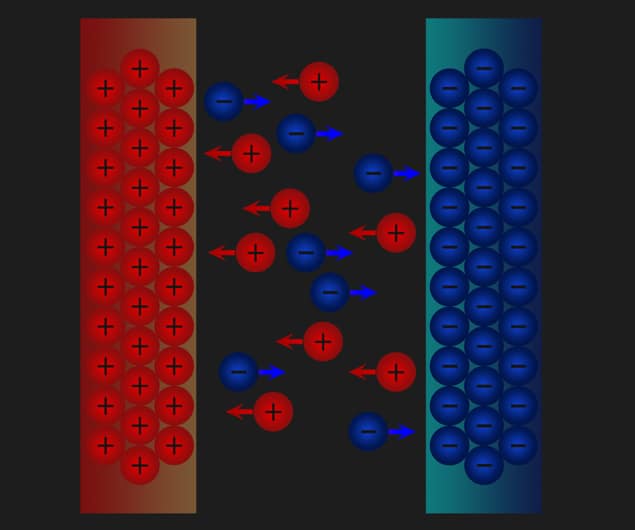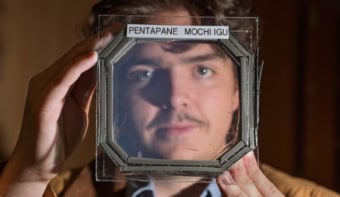
A new model that predicts the charging timescales of supercapacitors much more accurately than had been previously possible has been unveiled by researchers in the Netherlands and China. Cheng Lian and colleagues at Utrecht University and the East China University of Science and Technology built their model by describing the complex porous structures within a supercapacitor as stacks of thin electrode plates. Their work could improve our ability to predict the charging characteristics of supercapacitor energy storage systems used in a wide range of applications including electric vehicles and solar-powered street lighting.
Supercapacitors are used in a variety of applications that require relatively short, intense bursts of electrical energy. They fall between conventional capacitors and batteries in terms of charge/discharge speeds and energy capacity. Supercapacitors store far more charge than conventional dielectric capacitors by using porous electrodes, which can have surface areas as large as several square kilometres. A significant downside of these nanopores is that supercapacitors take far longer to charge than their conventional cousins.
There is currently a poor understanding of how nanopore structures could be optimized to reduce charging times. One approach has been to develop macroscopic models that fit parameters to experimental measurements of the charging process. The problem with this approach is that there seems to be very little correspondence between the parameters and the underlying physics of a supercapacitor.
Huge disagreement
Researchers have also done molecular-scale dynamics simulations, which provide insights into the charging mechanisms of up to a few supercapacitor nanopores. When used to predict the charging times of real devices, however, the results underestimate charging time by a whopping factor of 1012.

Supercapacitor nano-architecture: designing a plant-powered future
In their study, Lian’s team has taken a completely new approach that approximates electrodes as stacks of flat, fully permeable, and infinitesimally thin charged plates. The gaps between the plates are on par with the diameter of a typical nanopore and the researchers found that their new model could reliably reproduce characteristics of supercapacitors on both micron and nanometre scales.
Lian and colleagues used their model to explore the characteristic timescales of charging with both high and low voltages, which provided new insights into the physical mechanisms involved in charging. Given the simplicity of the model, the charging timescales it predicted agreed remarkably well with experimental values; differing by factors of just two or three, instead of many orders of magnitude. The team now hopes that their model could soon enable researchers and engineers in wide-ranging fields to design safer and more effective devices for energy storage.
The research is described in Physical Review Letters.



